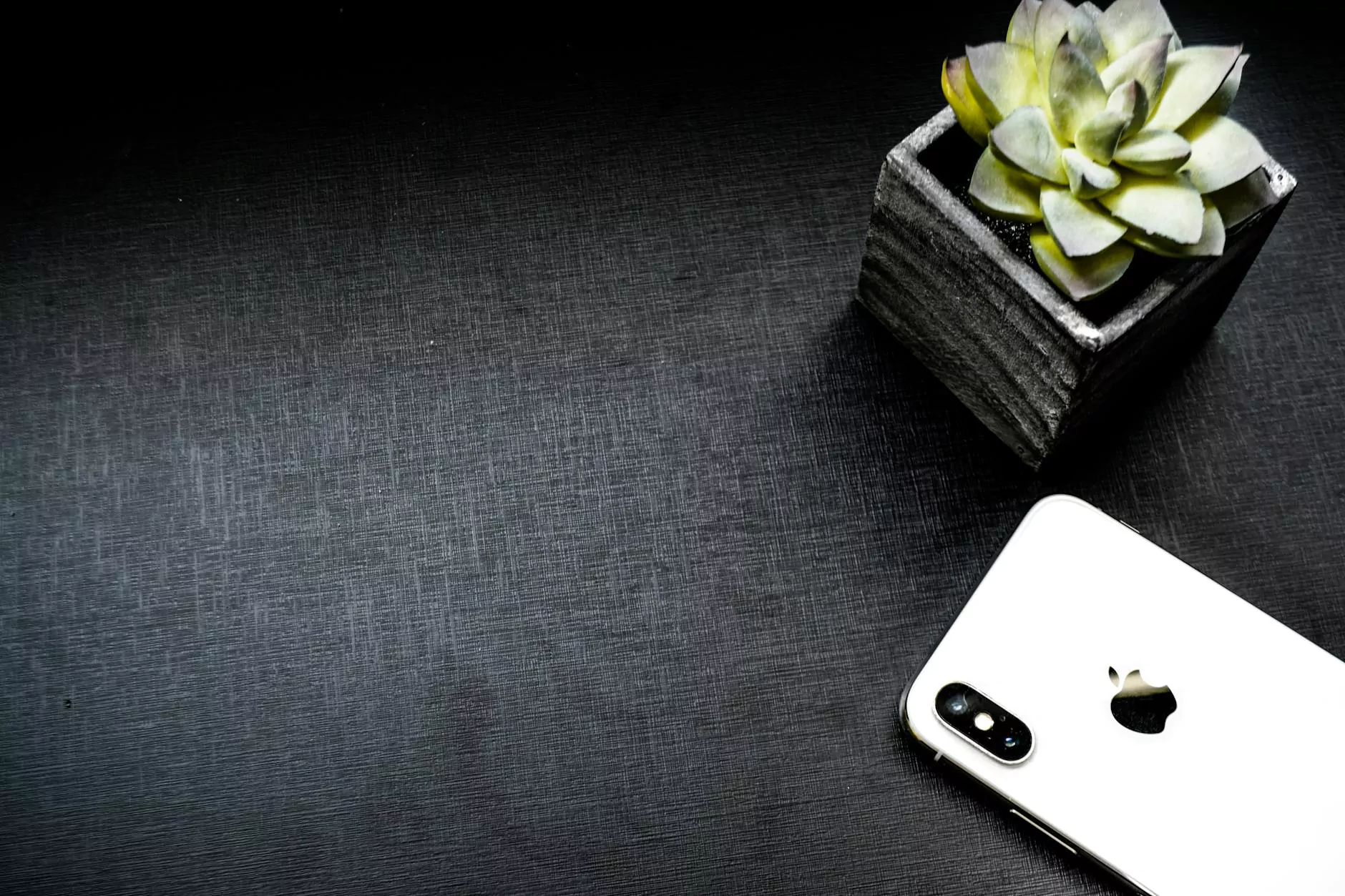Best Braces: A Comprehensive Guide to Choosing the Right Orthodontic Solution

When it comes to achieving a perfect smile, the importance of selecting the best braces cannot be overstated. Braces are essential for correcting dental misalignments, which not only improve aesthetics but also enhance oral health. In this ultimate guide, we delve deep into the world of braces, examining various types, benefits, costs, and what you should consider when making your decision.
Understanding Braces: An Overview
Braces are orthodontic devices designed to correct the alignment of teeth. They work by applying pressure to the teeth over time, gradually guiding them into the desired position. The journey to achieving a straighter smile can vary between individuals, and thus, understanding the different types of braces available is crucial.
The Different Types of Braces
Choosing the best braces depends largely on personal preference and specific dental needs. Here, we explore some of the most common types:
1. Traditional Metal Braces
Traditional metal braces are the most recognizable orthodontic option. They consist of metal brackets and wires that work together to gradually move teeth into alignment.
- Pros:
- Highly effective for severe dental misalignments.
- Durable and less likely to break.
- Cost-effective compared to other options.
- Cons:
- Can be uncomfortable initially.
- More visible than other options.
- Requires more diligent oral hygiene practices.
2. Ceramic Braces
Ceramic braces are similar to traditional metal braces but use tooth-colored or clear brackets. They are less visible, making them a popular choice for adults and teens.
- Pros:
- More aesthetically pleasing compared to metal braces.
- Effective in correcting a wide range of dental issues.
- Cons:
- Can be more fragile and prone to damage.
- Generally more expensive than metal braces.
- Can stain if not properly cared for.
3. Lingual Braces
Lingual braces are attached to the back of the teeth, making them virtually invisible from the front. They are customized for each patient’s mouth and are a great option for individuals seeking discretion.
- Pros:
- Completely hidden from view.
- Effective for a range of orthodontic issues.
- Cons:
- Can be challenging to clean effectively.
- Might require longer adjustment periods.
- Typically more expensive than other options.
4. Clear Aligners (e.g., Invisalign)
Clear aligners are a popular alternative to traditional braces. They use a series of custom-made, clear plastic trays to gradually shift teeth into place.
- Pros:
- Discreet and nearly invisible during use.
- Easier to maintain oral hygiene; removable for eating and brushing.
- Comfortable and less likely to cause irritation.
- Cons:
- May not be suitable for severe orthodontic issues.
- Requires discipline to wear them for the recommended 20-22 hours a day.
- Can be more expensive than traditional metal braces.
Factors to Consider When Choosing Braces
When determining the best braces for you, consider the following factors:
1. Your Orthodontic Needs
Different braces are designed for different severity levels of misalignment. Consult with an orthodontist who can provide recommendations tailored to your dental needs.
2. Aesthetic Preferences
For many, the appearance of braces is a significant factor. If discretion is important to you, options like ceramic or lingual braces, or clear aligners, might be preferable.
3. Lifestyle Considerations
Your lifestyle can also influence your choice. Athletes, for example, may prefer braces that are less likely to cause injury during contact sports. Additionally, consider the ease of cleaning and maintenance.
4. Costs and Insurance
Braces can vary significantly in cost based on the type and complexity of treatment. It's vital to consult your orthodontist about costs and check with your insurance provider for coverage options.
The Benefits of Braces
Investing in the best braces offers numerous benefits beyond just aesthetics:
- Improved Oral Health: Straight teeth are easier to clean, reducing the risk of cavities and gum disease.
- Enhanced Bite Function: Properly aligned teeth can improve chewing and biting efficiency.
- Jaw Pain Relief: Braces can alleviate discomfort caused by misaligned jaws.
- Boosted Self-Esteem: A straight smile can significantly enhance confidence and self-image.
What to Expect During Treatment
Understanding what to expect throughout the braces process can help ease anxieties:
Initial Consultation
Your journey begins with an initial consultation where the orthodontist will evaluate your teeth and may take X-rays to determine the best treatment plan.
Fitting and Placement
Once you've selected your braces, the orthodontist will fit them to your teeth. This process may involve bonding brackets to the teeth and threading wires through them.
Regular Adjustments
You'll need to visit the orthodontist regularly for adjustments, which ensure that your braces are doing their job effectively. These appointments are typically every 4 to 8 weeks.
Duration of Treatment
The length of time you’ll need to wear braces varies based on your unique orthodontic issues, but treatment can last anywhere from 6 months to 3 years.
Post-Treatment: Retainers
After your braces come off, it’s essential to wear a retainer to maintain your new smile. Retainers help stabilize your teeth in their new positions and prevent them from shifting back.
Conclusion: Discovering Your Perfect Smile
Choosing the best braces is a significant decision that can impact your oral health and self-esteem for years to come. By understanding the various options available and considering your unique needs, you’ll be well on your way to achieving a straight, beautiful smile. Consult with 92dental.co.uk to explore the best orthodontic solutions tailored specifically for you. Invest in your smile today for a brighter tomorrow!









